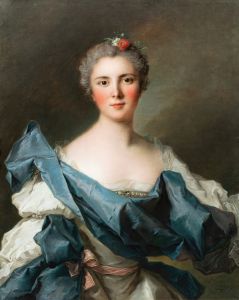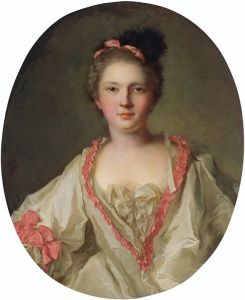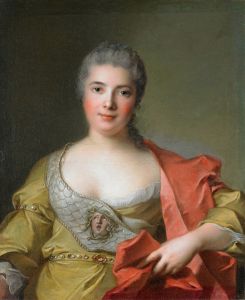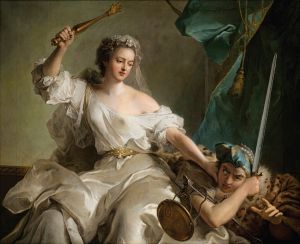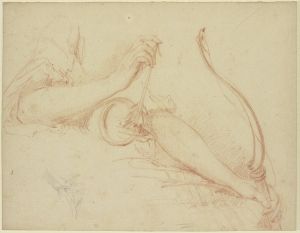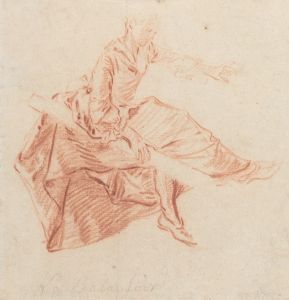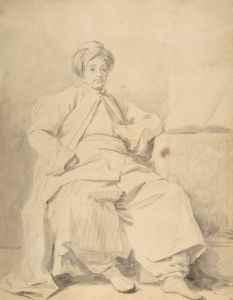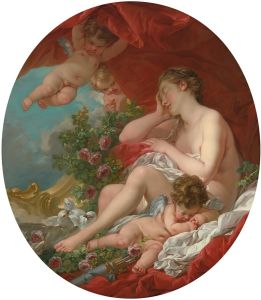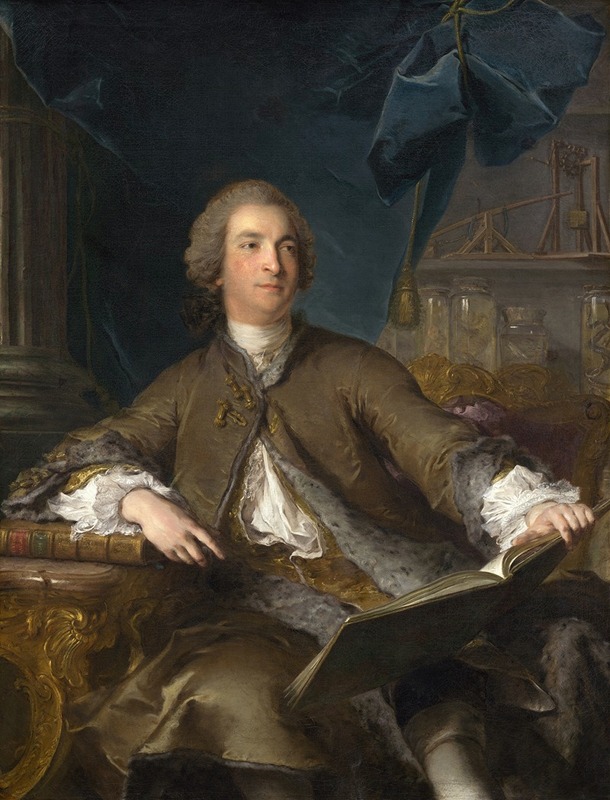
Joseph Bonnier de la Mosson
A hand-painted replica of Jean-Marc Nattier’s masterpiece Joseph Bonnier de la Mosson, meticulously crafted by professional artists to capture the true essence of the original. Each piece is created with museum-quality canvas and rare mineral pigments, carefully painted by experienced artists with delicate brushstrokes and rich, layered colors to perfectly recreate the texture of the original artwork. Unlike machine-printed reproductions, this hand-painted version brings the painting to life, infused with the artist’s emotions and skill in every stroke. Whether for personal collection or home decoration, it instantly elevates the artistic atmosphere of any space.
Jean-Marc Nattier, a prominent French Rococo painter, created the portrait "Joseph Bonnier de la Mosson" in the 18th century. Nattier was renowned for his skill in portraiture, particularly his ability to capture the elegance and sophistication of the French aristocracy. His works often featured a delicate balance of realism and idealization, which made him a favorite among the nobility.
Joseph Bonnier de la Mosson (1702-1744) was a notable French financier and collector. He was the son of Antoine Bonnier, a wealthy tax collector, and inherited a substantial fortune, which he used to amass an impressive collection of art, books, and scientific instruments. His collection was one of the most famous of its time and included a wide array of natural history specimens, which were displayed in his private cabinet of curiosities.
The portrait of Joseph Bonnier de la Mosson by Nattier is a fine example of the artist's ability to convey the status and personality of his subjects. In the painting, Bonnier de la Mosson is depicted in a luxurious setting, surrounded by objects that reflect his interests and wealth. He is dressed in opulent clothing, indicative of his high social standing and refined taste. The attention to detail in the rendering of his attire and the objects around him showcases Nattier's technical prowess and his keen eye for the subtleties of texture and material.
Nattier's use of light and color in the portrait is also noteworthy. The soft, diffused lighting enhances the sense of elegance and tranquility, while the rich, harmonious colors add to the overall impression of luxury and sophistication. The composition is carefully balanced, with Bonnier de la Mosson positioned slightly off-center, drawing the viewer's eye to his face and the objects that signify his intellectual and cultural pursuits.
The portrait not only serves as a testament to Nattier's artistic skill but also provides insight into the character and lifestyle of Joseph Bonnier de la Mosson. It reflects the values and aspirations of the French elite during the Rococo period, emphasizing the importance of wealth, education, and the cultivation of personal taste.
Today, the portrait of Joseph Bonnier de la Mosson by Jean-Marc Nattier is considered an important work of art, offering a glimpse into the world of 18th-century French aristocracy. It remains a valuable piece for both art historians and enthusiasts, illustrating the intersection of art, culture, and history during a vibrant period in European history.







